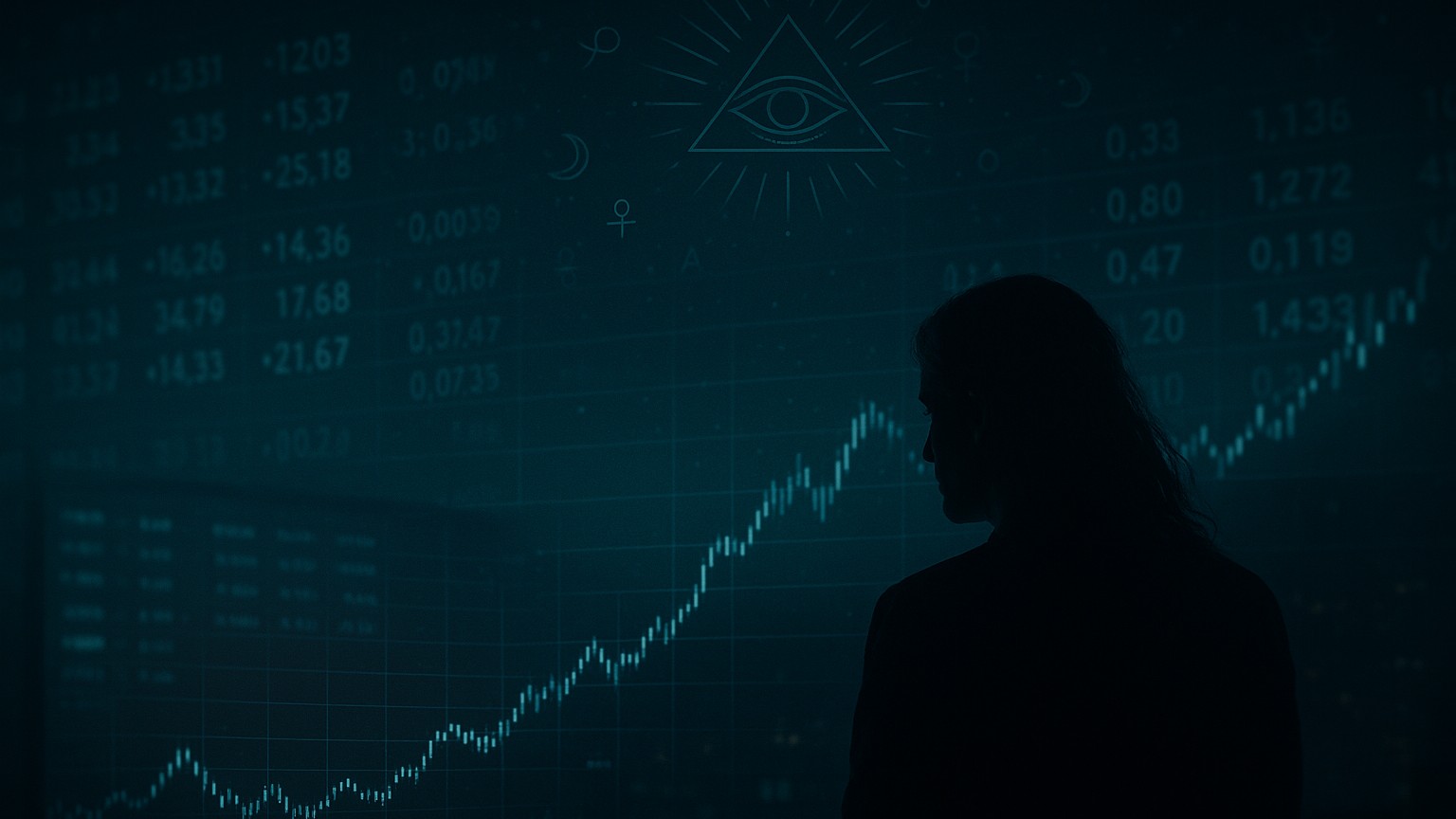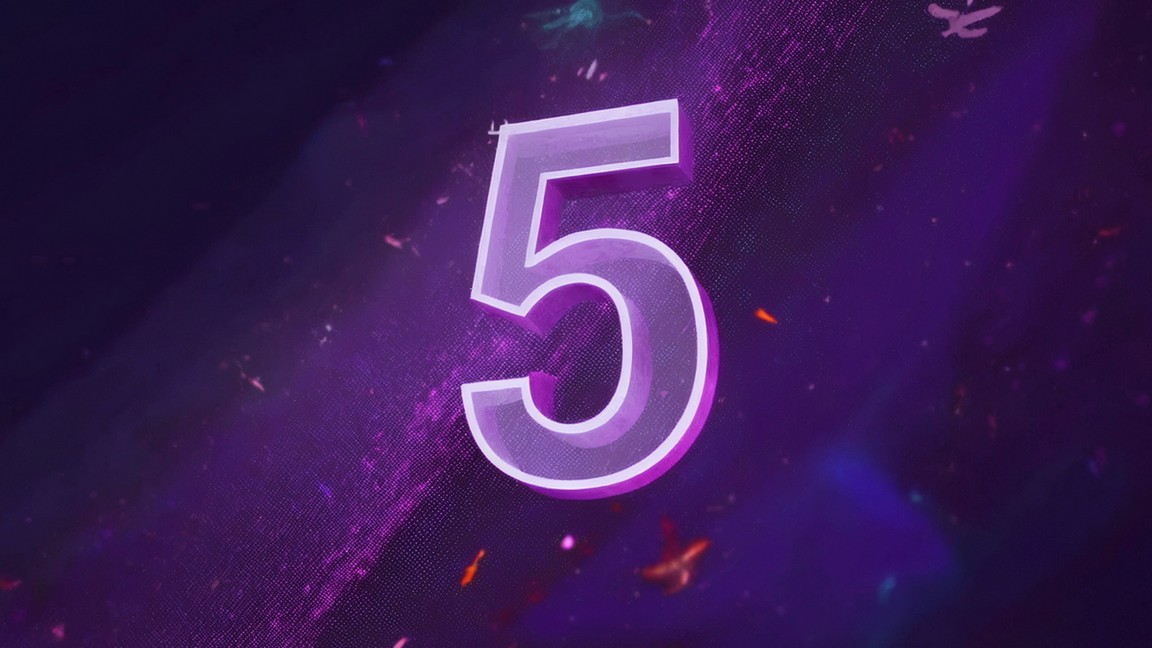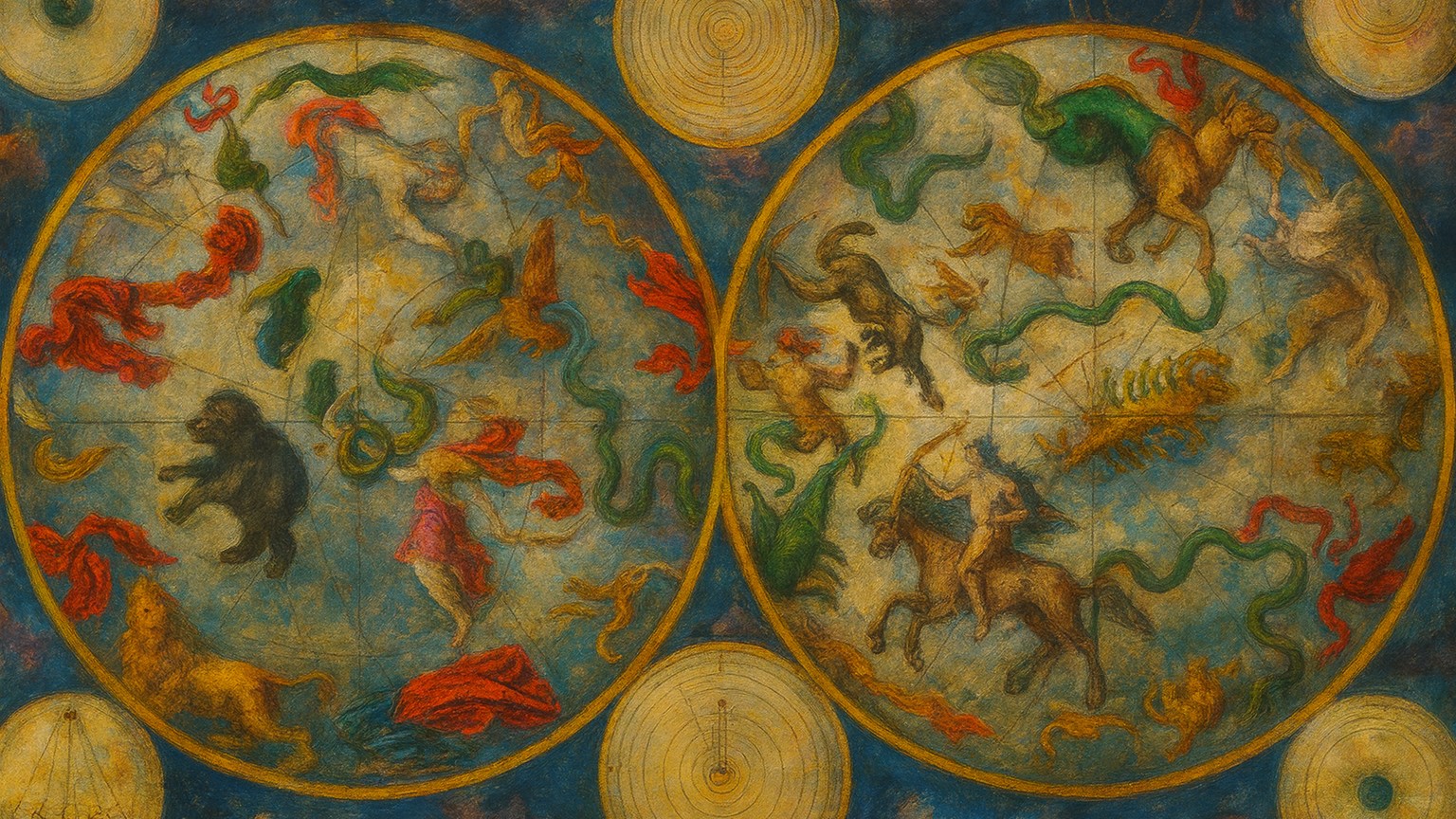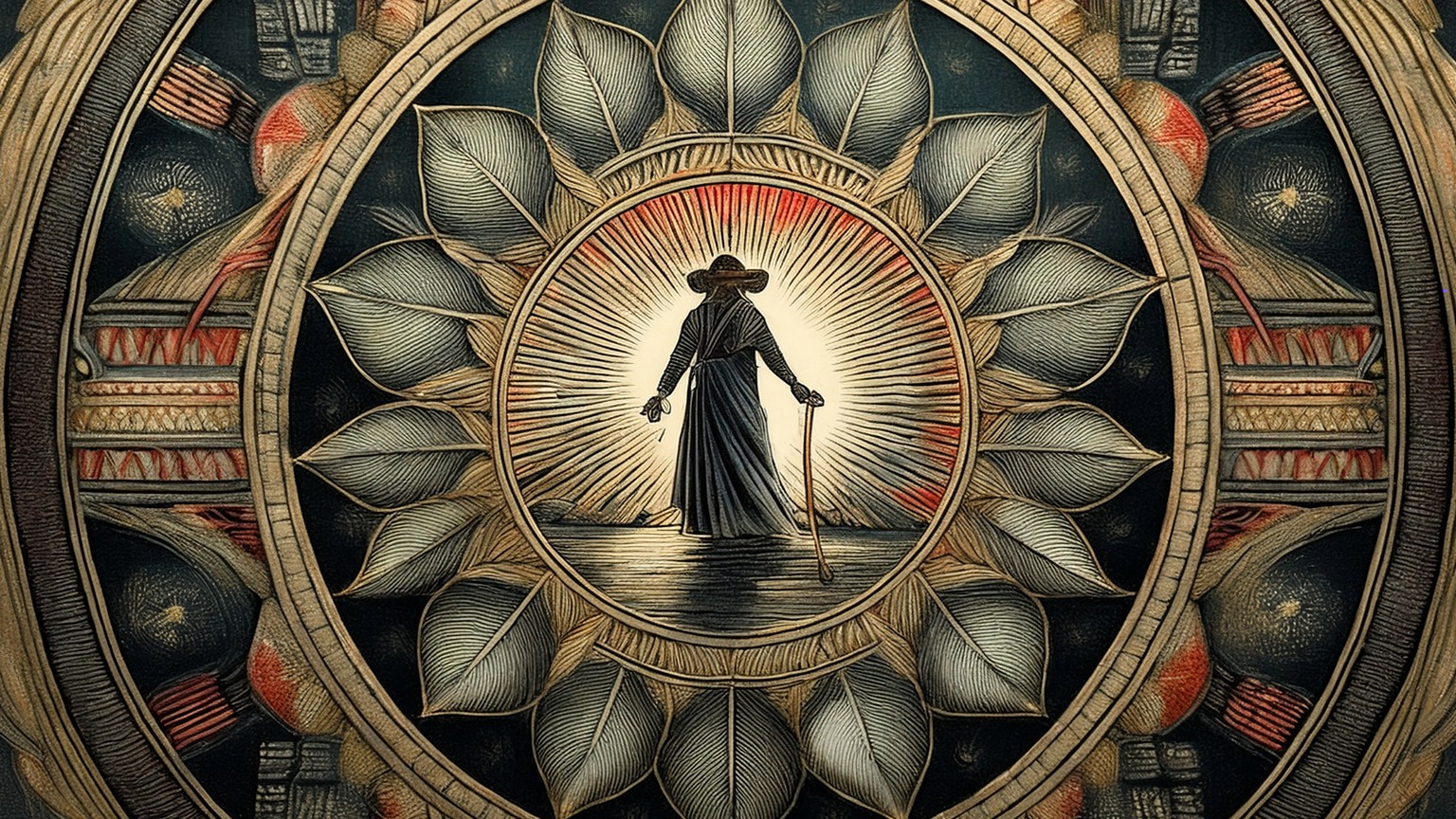Discovery rarely arrives in a straight line. Researchers plan, control variables, and analyze—yet the spark that guides the next question often feels like a quiet nudge. This article explores how disciplined intuition can work alongside scientific method without compromising rigor, offering a humane compass for what to test next and when to pivot.
What intuition is in a research context
Intuition is rapid, experience-shaped pattern recognition that emerges beneath conscious reasoning. In labs and fieldwork it shows up as hunches about which parameter to tweak, which anomaly deserves attention, or which unexpected result signals a new direction. It is not a substitute for controls or statistics; it is a way to nominate better hypotheses.
Why intuition belongs in the toolkit
- Complexity: in high-dimensional systems, exhaustive search is unrealistic; informed hunches narrow the space.
- Anomaly sensitivity: intuition often flags weak signals that formal models treat as noise.
- Creativity: surprising associations can reveal cross-disciplinary analogies that unlock progress.
Bridging method and hunch: the INQUIRE loop
- Intuit: notice the nudge, image, or phrase that points to a direction.
- Name: translate it into a clear, falsifiable hypothesis or next experiment.
- Quantify: define measurable outcomes, effect sizes, and stopping rules.
- Instrument: ensure tools, datasets, and protocols can detect the signal.
- Run: execute with blinding and controls where feasible.
- Inspect: analyze preregistered metrics first; explore post hoc only after.
- Repeat: replicate or invite independent teams to challenge the finding.
Everyday practices to cultivate reliable intuition
- Focused prompts: begin sessions with one precise research question rather than a vague theme.
- Sketch the field: draw quick conceptual maps before coding or wet-lab work to expose hidden variables.
- Quiet intervals: insert brief breaks after reading data summaries; many insights surface in stillness.
- Dream logging: record ideas on waking; review later for testable leads.
- Cross-pollination: read just outside your specialty to feed associative thinking.
Safeguards against self-deception
- Preregistration: timestamp hypotheses and analysis plans before data peeking.
- Blind review: whenever possible, hide condition labels during collection and early inspection.
- Adversarial collaboration: invite a colleague to argue the strongest opposing interpretation.
- Calibration diary: score your intuitive hits and misses; retire patterns that do not pay rent.
Case sketches
- Signal in the noise: a hunch that “outliers rhyme” leads to a targeted robustness check; the team discovers a real subpopulation pattern worth modeling.
- Protocol pivot: an intuition about timing windows shifts a neuroscience experiment’s sampling rate; the effect becomes detectable.
- Materials breakthrough: a sudden image of layered lattices inspires a new fabrication sequence that improves stability at scale.
Working as a team
- Ritualize short “hunch rounds” at standups; each hunch must be framed as a testable statement.
- Separate explore and confirm sprints to keep curiosity high and false positives low.
- Credit ideas transparently to reduce status bias and encourage sharing preconceptions.
Ethics and communication
- Be explicit that intuition guides what to test, not what to claim.
- Report nulls from intuitive paths to reduce publication bias.
- When communicating publicly, distinguish inspiration stories from evidence summaries.
Closing thought
Science advances by asking better questions and testing them well. Intuition, used carefully, helps us choose those questions sooner. The meeting of seer and scientist is not a compromise—it is an alliance, where wonder proposes and method disposes.













